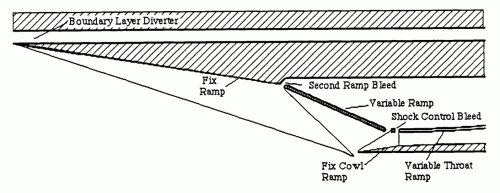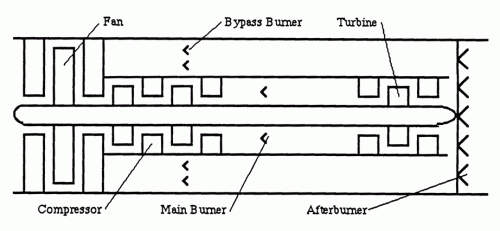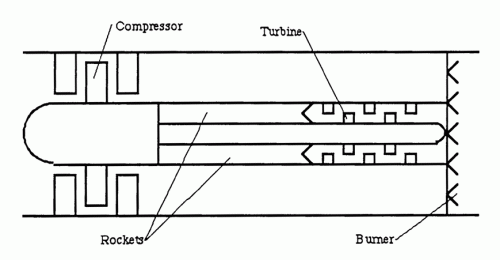- Joined
- 25 June 2009
- Messages
- 14,108
- Reaction score
- 4,239
THE HORIZON
A Blended Wing Aircraft Configuration
Design Project
Design Team Members:
Paul Keidel Project leader
Mark Gonda
Damon Freeman
Jay Kim
Yul Hsu
CALIFORNIA STATE POLYTECHNIC UNIVERSITY POMONA
Aerospace Engineering Department
Final Report 1987- 1988
The request for proposal (RFP) of the NASA/USRA Advanced Design Program which governed the Horizon design concerned a hypersonic civilian transport (HSCT). This RFP was decided upon by all four of the HSCT design groups, a decision based on the NASA funded HSCT studies conducted by McDonnell Douglas and Boeing Aircraft Companies. The vehicle's gross takeoff weight was to be less than one million pounds and have a range of 6,500 nautical miles. It was to cruise at 100,000 feet at a speed between Mach 3 and Mach 6. The vehicle's performance was to allow it to operate from an 11,500 foot runway, constant with current metropolitan airport sizes, and carry between 200 and 250 passengers. FAR 25 states that fuel reserves be five percent of the total fuel on board, and as for noise, the ground overpressure of the HSCT aircraft must be less than one pound per square inch.
Not stated but implied in this RFP was a vehicle planform effects study. Horizon has a blended wing-body. The joined wing, oblique wing, and caret planforms were considered by the other HSCT design groups.
A Blended Wing Aircraft Configuration
Design Project
Design Team Members:
Paul Keidel Project leader
Mark Gonda
Damon Freeman
Jay Kim
Yul Hsu
CALIFORNIA STATE POLYTECHNIC UNIVERSITY POMONA
Aerospace Engineering Department
Final Report 1987- 1988
The request for proposal (RFP) of the NASA/USRA Advanced Design Program which governed the Horizon design concerned a hypersonic civilian transport (HSCT). This RFP was decided upon by all four of the HSCT design groups, a decision based on the NASA funded HSCT studies conducted by McDonnell Douglas and Boeing Aircraft Companies. The vehicle's gross takeoff weight was to be less than one million pounds and have a range of 6,500 nautical miles. It was to cruise at 100,000 feet at a speed between Mach 3 and Mach 6. The vehicle's performance was to allow it to operate from an 11,500 foot runway, constant with current metropolitan airport sizes, and carry between 200 and 250 passengers. FAR 25 states that fuel reserves be five percent of the total fuel on board, and as for noise, the ground overpressure of the HSCT aircraft must be less than one pound per square inch.
Not stated but implied in this RFP was a vehicle planform effects study. Horizon has a blended wing-body. The joined wing, oblique wing, and caret planforms were considered by the other HSCT design groups.
Attachments
-
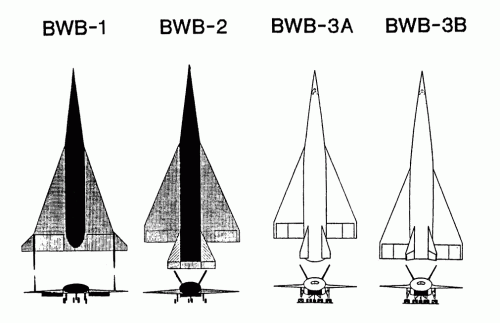 BWB configurations.gif83.4 KB · Views: 169
BWB configurations.gif83.4 KB · Views: 169 -
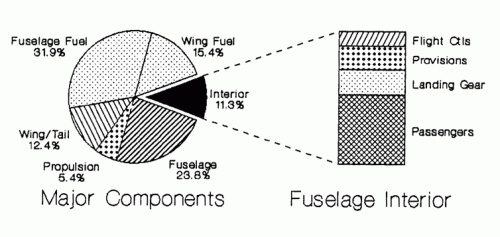 Horizon major component weight distribution.gif59.3 KB · Views: 18
Horizon major component weight distribution.gif59.3 KB · Views: 18 -
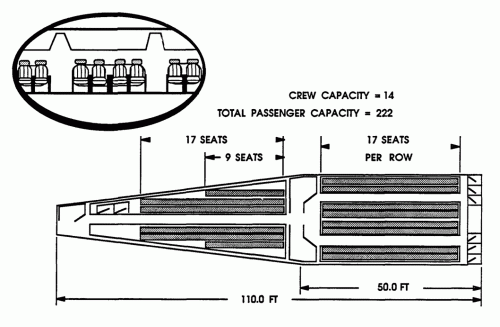 Horizon interior layout.gif107.2 KB · Views: 17
Horizon interior layout.gif107.2 KB · Views: 17 -
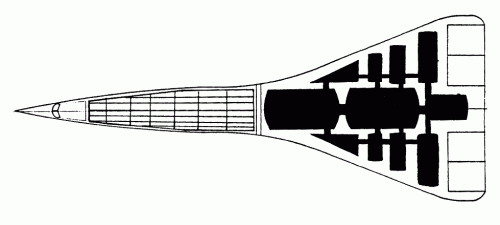 Horizon fuel cell schematic.gif26.4 KB · Views: 133
Horizon fuel cell schematic.gif26.4 KB · Views: 133 -
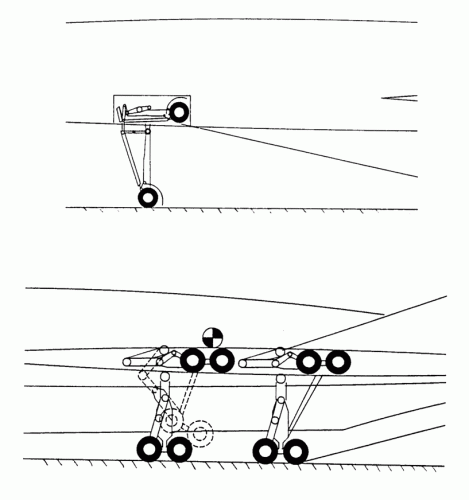 Horizon landing gear retraction sequence.gif57 KB · Views: 144
Horizon landing gear retraction sequence.gif57 KB · Views: 144 -
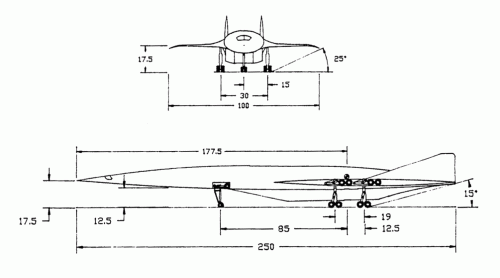 Horizon landing gear layout.gif46.4 KB · Views: 157
Horizon landing gear layout.gif46.4 KB · Views: 157 -
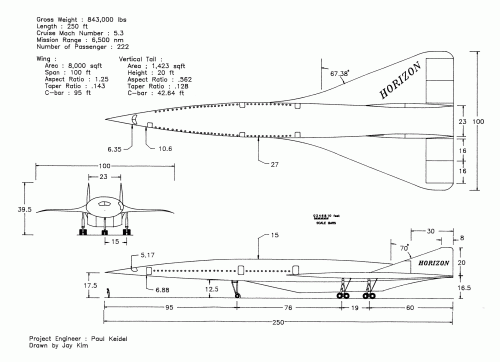 Horizon final configuration.gif148.9 KB · Views: 167
Horizon final configuration.gif148.9 KB · Views: 167

